Sea Turtles: The Lost Years
After loggerhead turtles hatch, they disappear into the Atlantic Ocean to begin a perilous journey that marine biologists refer to as “the lost years.” In 2013 UCF Assistant Professor Kate Mansfield, along with researchers from Florida Atlantic University, University of Wisconsin, University of Miami and the NOAA Southeast Fisheries Science Center, used satellite trackers to follow juvenile turtles into the unknown. Here’s what they discovered.

Loggerhead Sea Turtle (Adult)
| Scientific name | Caretta caretta |
|---|---|
| Type | Reptile |
| Diet | Jellyfish, conch, crabs, and occasionally seaweed |
| Average life span | 75 years |
| Average size | 3 feet |
| Average weight | 250 pounds |
High-Tech Tracking Pack
Solar-powered satellite transmitters track the at-sea movements of 17 neonate loggerhead sea turtles collected from nests. A tag was adhered to each turtle’s carapace (shell) using a flexible neoprene-acrylic–silicone attachment developed from wetsuits, fingernail polish and hair extension adhesive.
Travel Time
The lab-raised turtles were released in the Gulf Stream within floating sargassum mats approximately 12 miles off Florida’s Atlantic coast and monitored for up to 220 days.
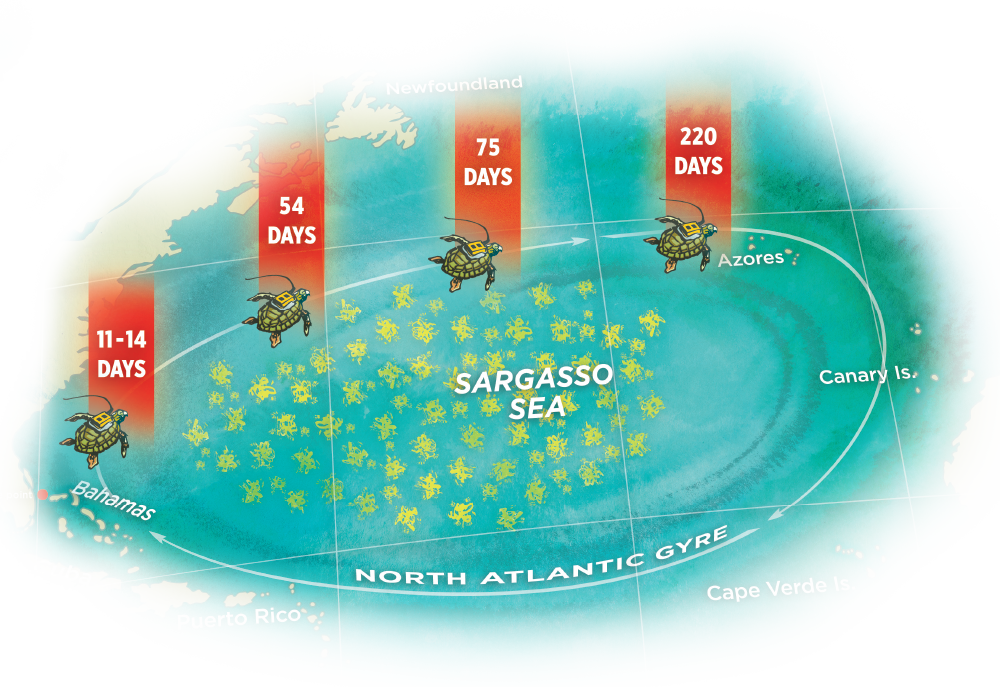
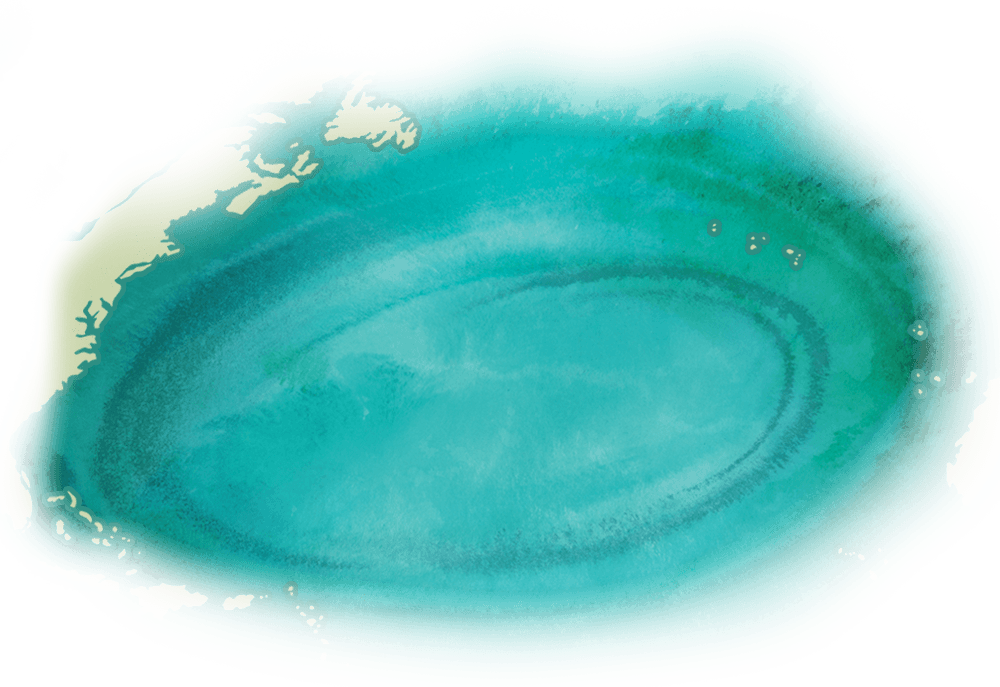
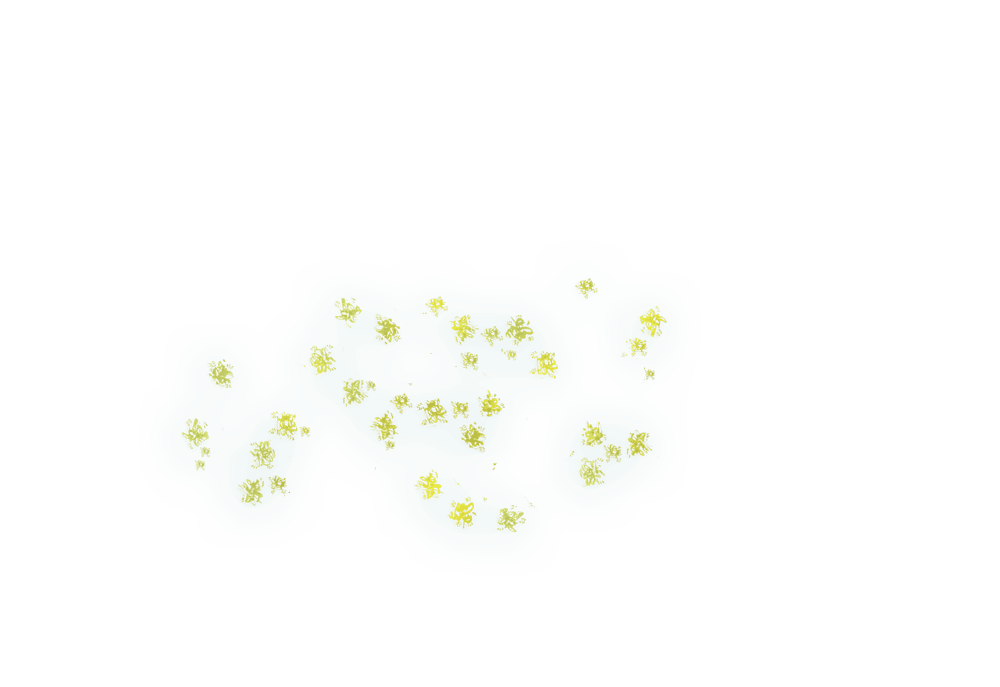
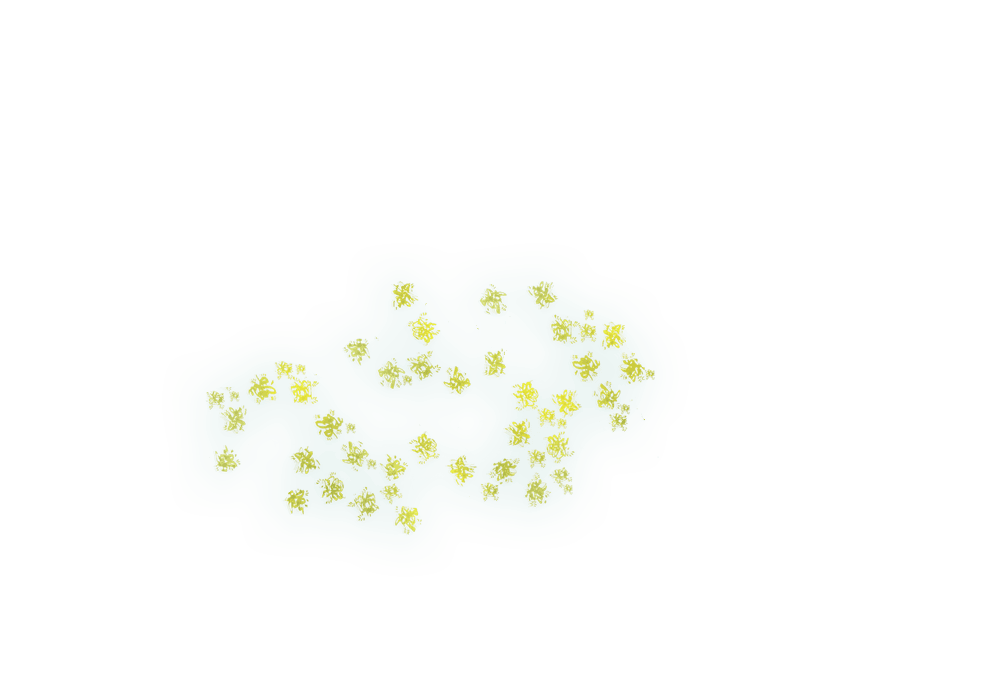
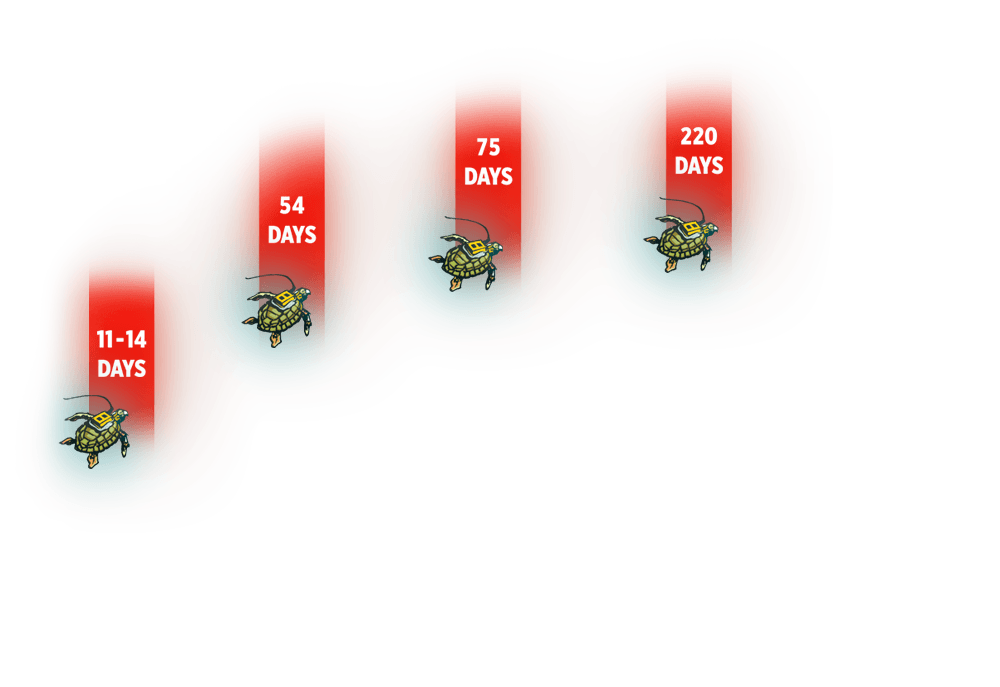
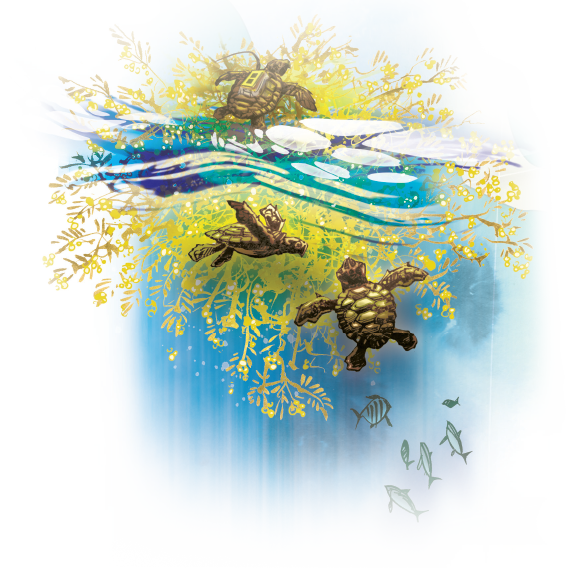
What is the North Atlantic Gyre?
Created by weather and wind patterns, this system of oceanic currents circulates around the Atlantic Ocean in a clockwise route bordered by the Eastern United States, Iceland, Western Europe, Western Africa and the equator. Inside the gyre, large, dense colonies of seaweed accumulate in a typically calm area called the Sargasso Sea.
The Perfect Turtle Nursery
Hatchling loggerhead turtles that find refuge in floating beds of sargassum seaweed have increased chances for survival. The plant, which can grow in colonies that stretch for miles on the ocean surface, creates a prime habitat for many juvenile species.
Benefits Include:
- Warmer water increases activity of cold-blooded reptiles.
- Sargassum habitat harbors food sources for juvenile turtles.
- Weblike structure of seaweed offers protection from predators.
Newsworthy
Mansfield and her colleagues discovered that juvenile turtles rarely stayed in waters close to the continental shelf, moved quickly when riding the currents of the North Atlantic Gyre and frequently left these currents to find shelter in the floating seaweed beds of the Sargasso Sea. The research team received media attention from the British Broadcasting Corporation, Entertainment Weekly, National Geographic, National Public Radio, Scientific American, Smithsonian and others. To read Mansfield’s blog, visit biology.cos.ucf.edu/marineturtleresearchgroup.
Illustrations by Brian Boesch